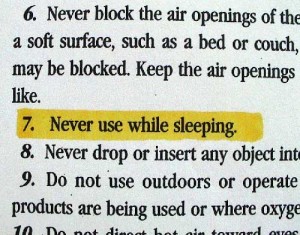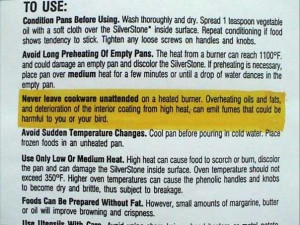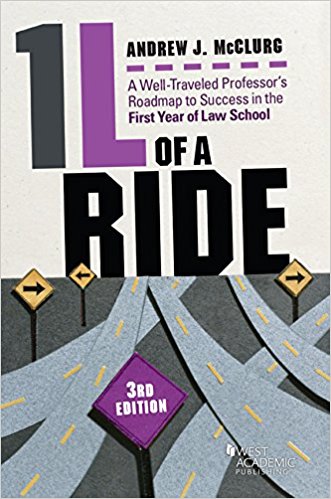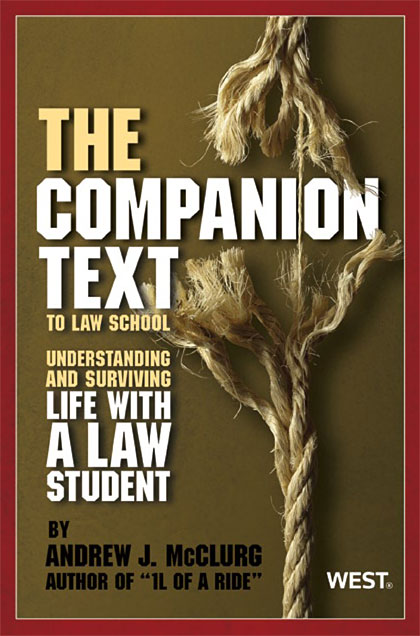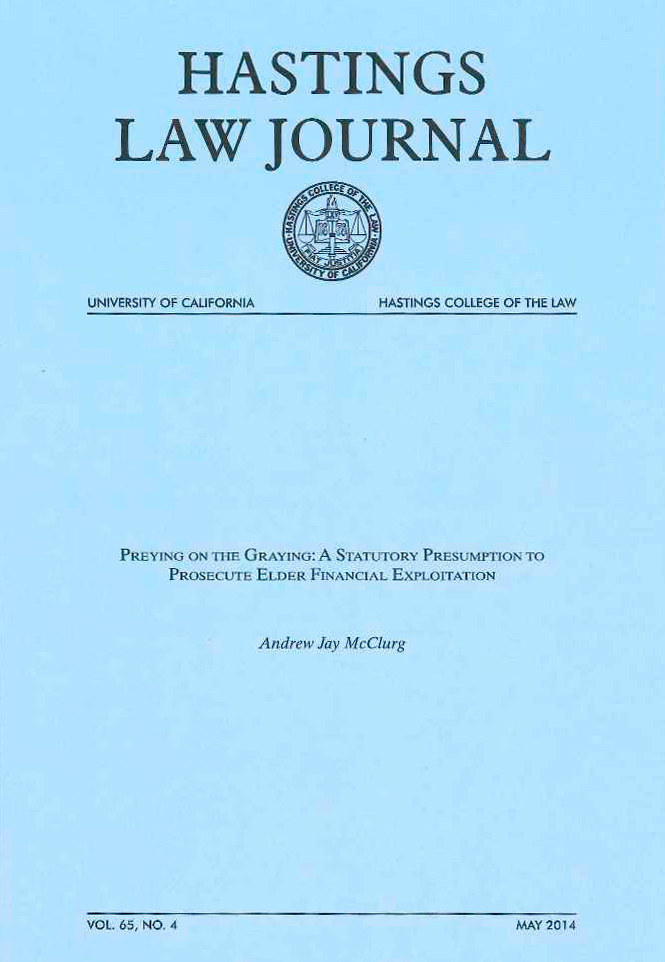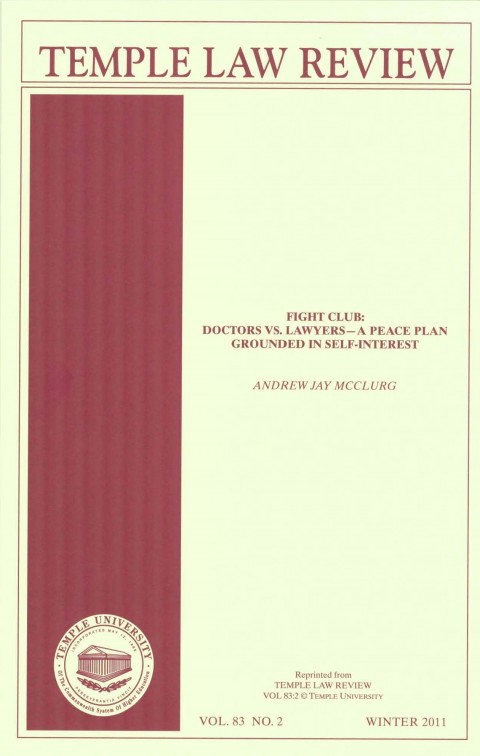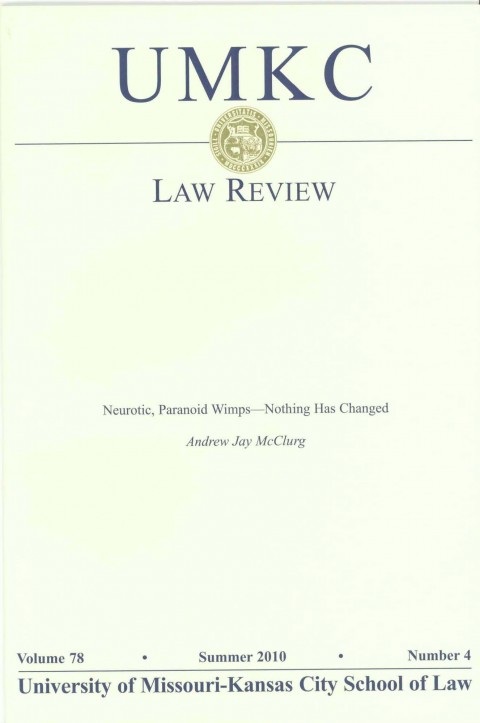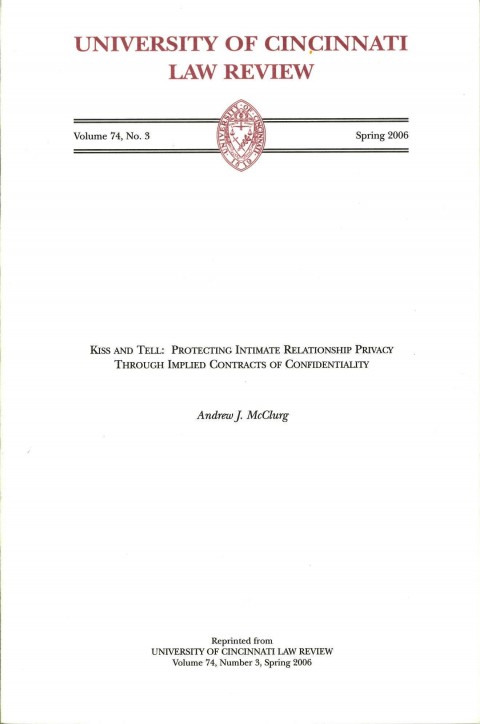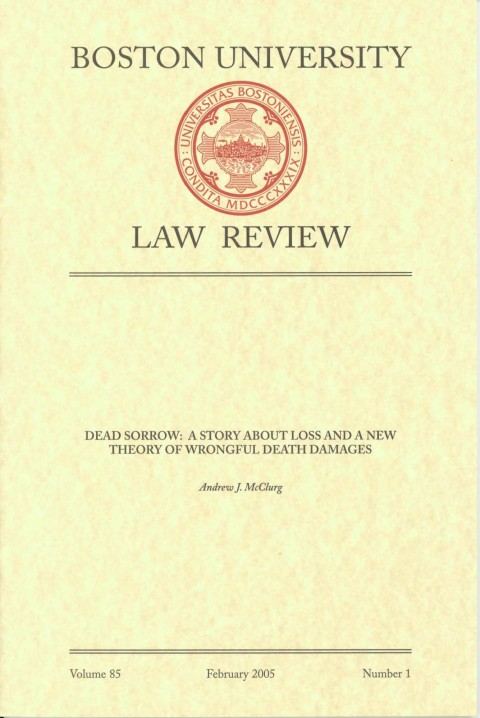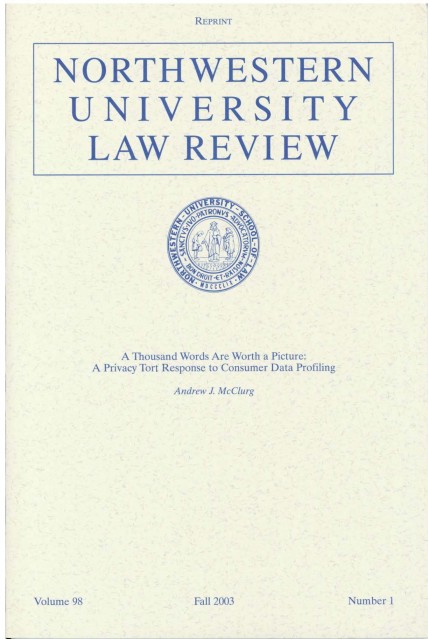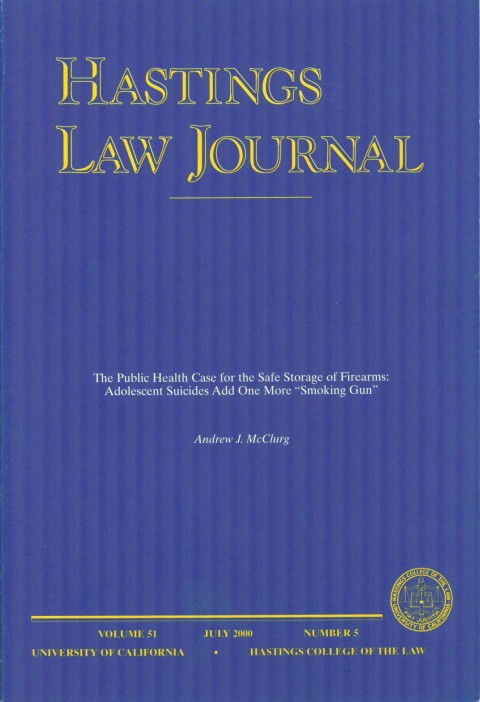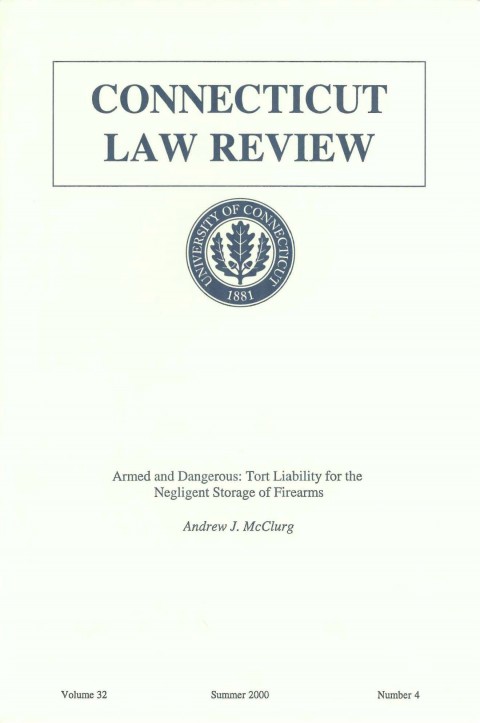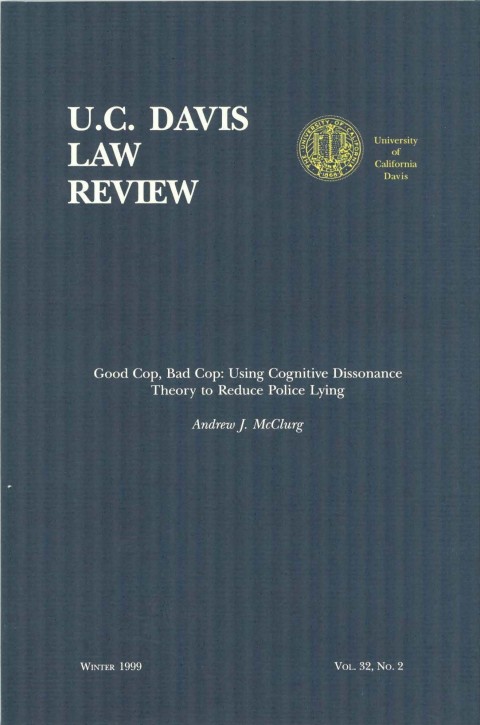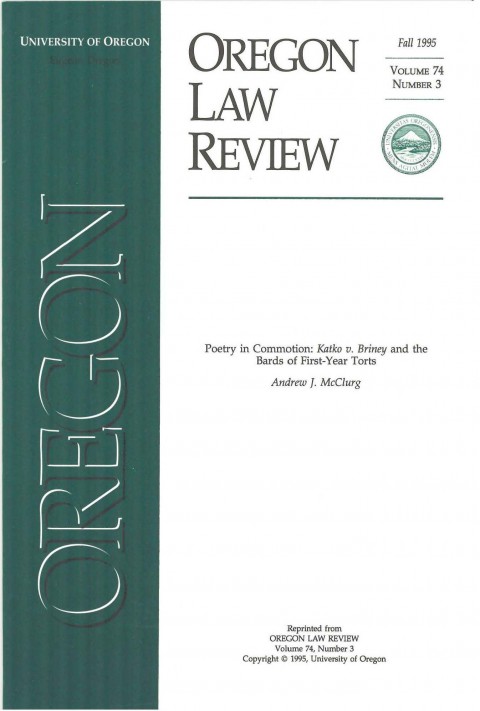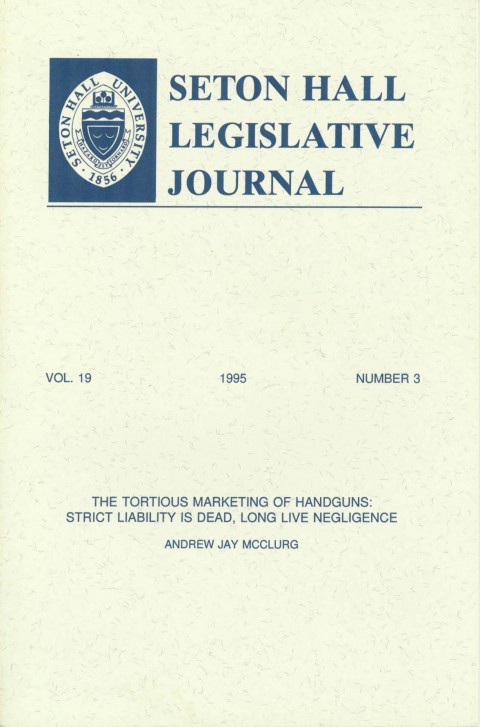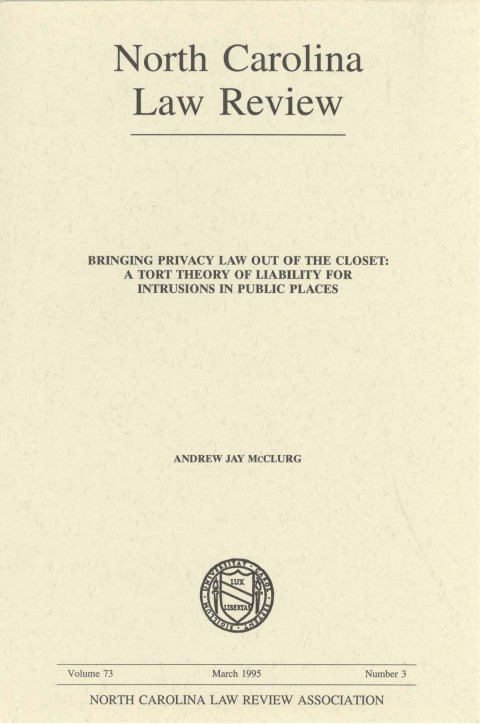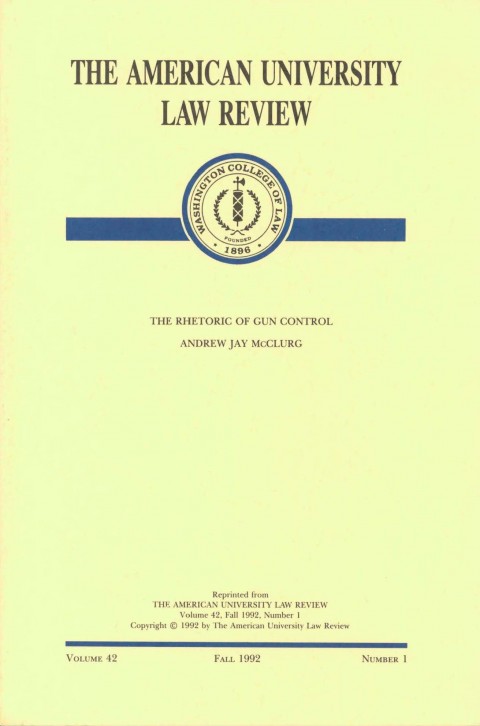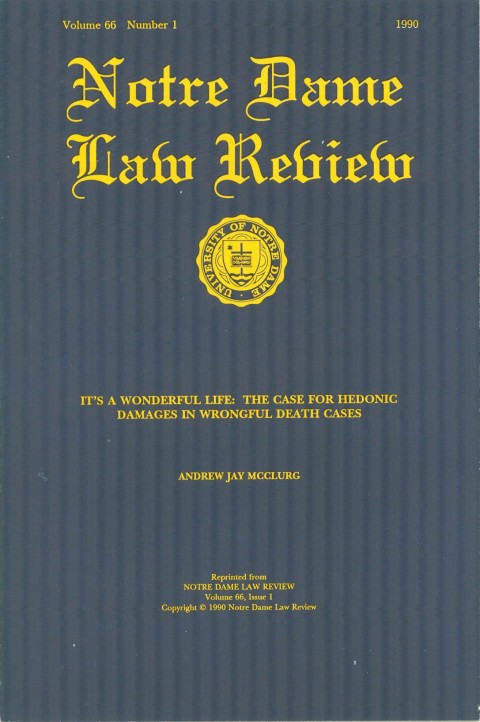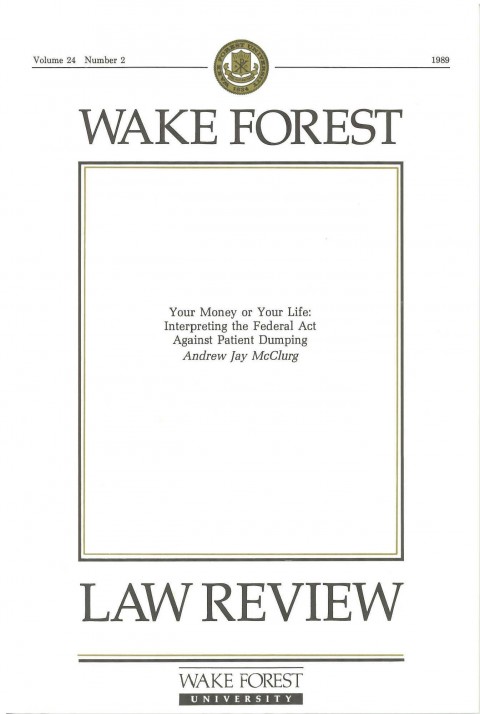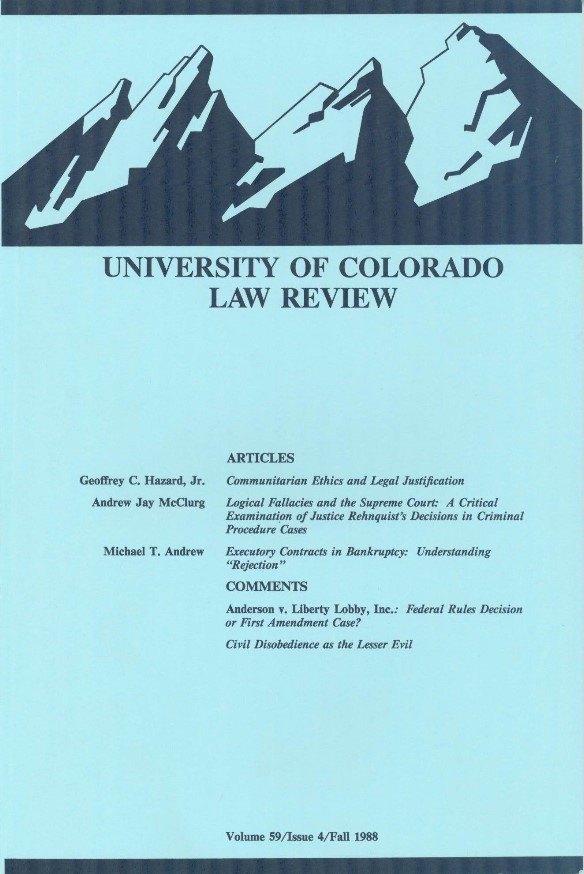Tortland is an odyssey into that great body of mishaps, missteps, misdeeds, slips, falls, spills, chills, thrills, botched operations, vicious dogs, tainted food, falling ladders, collapsing reservoirs, defective products, slander, libel, and pain and suffering that collectively make up one of the world’s most controversial and certainly most interesting adjudicatory mechanisms: the American tort system.
 I got the nickname Tortman way back in the day. Walking past a group of students, one of them looked up and said, “Yo, Tortman, whazzup?” For some reason, the nickname stuck.
I got the nickname Tortman way back in the day. Walking past a group of students, one of them looked up and said, “Yo, Tortman, whazzup?” For some reason, the nickname stuck.
In most cases, there’s nothing at all funny about real tort cases because they involve people who were injured or even killed. (See blog post about humanizing torts.) But it’s that same human element–combined with some very unusual fact patterns–that makes tort law so fascinating.
Spot the Tort — Making the World Safer One Tort at a Time
 My kid’s nickname is Tortgirl because—no kidding—one of her favorite games when she was a child was “Spot the Tort.” It worked like this: We’d be sitting in a public place and I’d say, “Tortgirl, spot the tort!” Then I’d time her as she ran around trying to identify the nearest defective premises condition. Sound sick? Probably, but I’ve taught thousands of first-year law students to play Spot the Tort over the years and they’ve lived happier and healthier lives because of it.
My kid’s nickname is Tortgirl because—no kidding—one of her favorite games when she was a child was “Spot the Tort.” It worked like this: We’d be sitting in a public place and I’d say, “Tortgirl, spot the tort!” Then I’d time her as she ran around trying to identify the nearest defective premises condition. Sound sick? Probably, but I’ve taught thousands of first-year law students to play Spot the Tort over the years and they’ve lived happier and healthier lives because of it.
Send in pictures of potential torts you spot out there in Tortland. The moment you start paying attention, you’ll realize tortious risks are everywhere. (Technically, Spot the Tort is really Spot the Risk because a completed tort doesn’t occur until someone is injured by the dangerous condition.) You don’t have to be a lawyer to spot a potential tort, which can be defined in this context as any observable physical condition that looks “unreasonably dangerous.”*
* For the non-legally inclined, an “unreasonable danger” is one where the burden of eliminating the danger (such as the cost of fixing a hole in the sidewalk) is less than the probability of the danger resulting in injury multiplied by the potential severity of the injury–that is, how likely is it someone will step in the hole and how badly could they be hurt?
Warnings and Instructions
Product or activity warning labels and instructions can provide great entertainment. Seriously. If you are bored, dig out some instruction booklets for products you own. It will be a good time, I promise. I even tell my students to take their dates to Walmart on a Saturday night for a fun night of strolling the aisles reading product warning labels. At least one student took me up on the idea.
Send in any funny or interesting warnings or instructions you come across. Use the Contact link at the top of any site page, which allows for attachments.
In the meantime, here are three things most people don’t understand about “wacky” product warning labels:
Three Things Everyone Should Know About Product Warning and the Law
(1) Product makers do not owe a legal duty to warn of obvious dangers, but often warn of them anyway to protect themselves. After all, extra warnings don’t cost much to include and who knows what a jury might conclude in hindsight was or was not an obvious danger? Unfortunately, there is an intangible cost to unnecessary warnings, which is that they dilute the impact of important warnings that people need to pay attention to.
(2) Some warnings that sound wacky are included because consumers have in fact misused the product in exactly that way. Take, for example, this warning on a blow dryer-type hair dryer:
What the heck? What moron would use a hair dryer while sleeping? It turns out some consumers use blow dryers to keep their beds warm on winter nights.
(3) Some warnings that sound crazy are, in fact, good warnings that provide information about product risks unknown to reasonable consumers. As Exhibit A, I offer this warning from a set of non-stick cookware, one of my all-time favs (click to expand the pic):
Harm to “you or your bird”? An unusual warning to be sure, but the non-stick cookware coating polytetrafluorethylene, which is used in Teflon® and a number of similar products, apparently omits fumes when overheated that can kill birds. If you have a bird, you’d definitely want to know that.
Enjoy Lawhaha’s collection of warning label and instructions.
Interesting Tort Cases
Tort law has produced more than its share of classic cases, often known and remembered because of the unusual circumstances befalling ordinary people. These classics range from a five-year-old boy being sued for battery for pulling a chair out from under an elderly woman (Garratt v. Dailey) to Helen Palsgraf’s fateful afternoon at the Long Island train station in 1920 (Palsgraf v. Long Island R.R. Co.). Interesting Tort Cases includes tort cases both old and new, serious and amusing. Please send along any particularly interesting tort cases you come across. Use the Contact link at the top of any site page.
